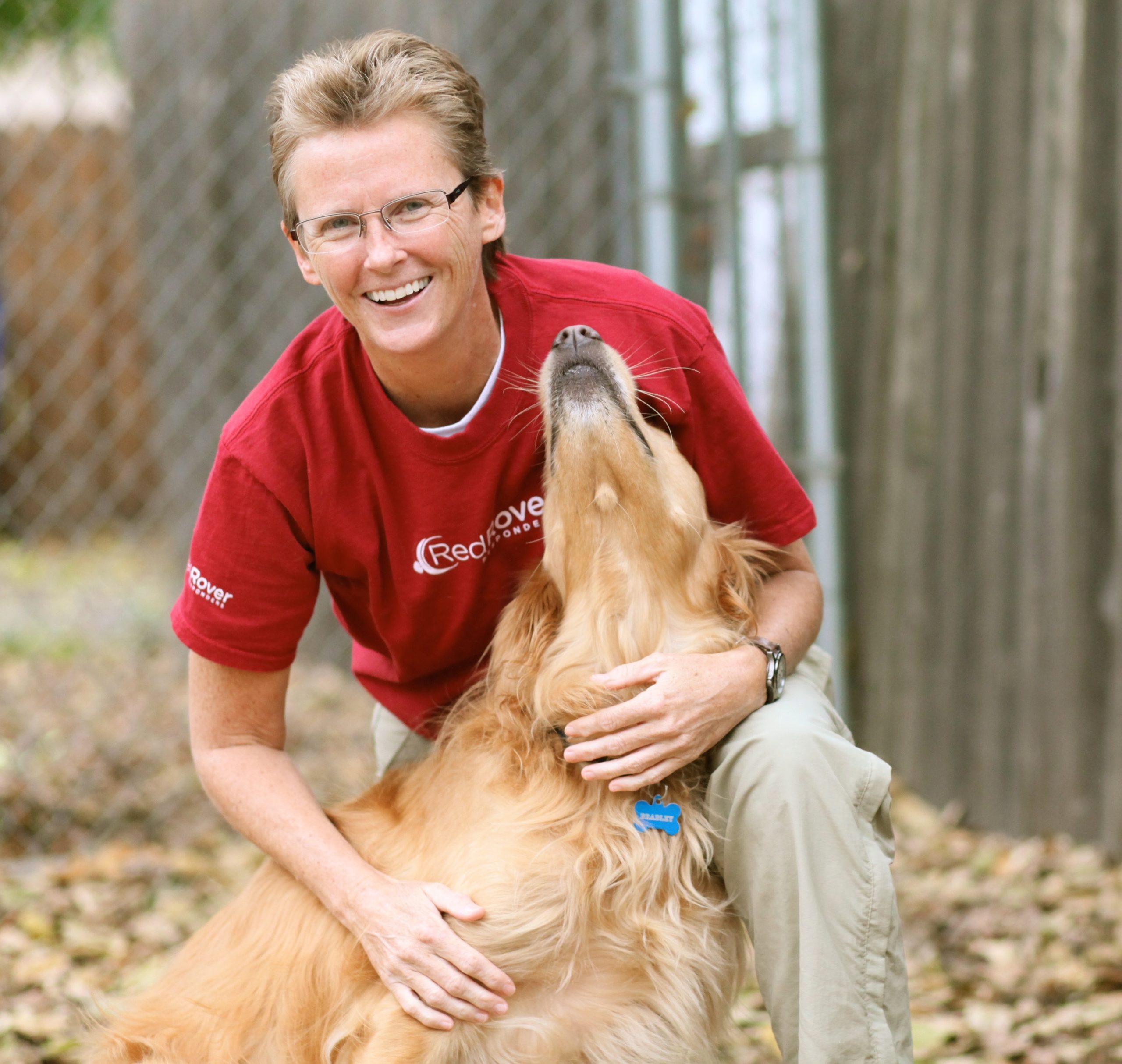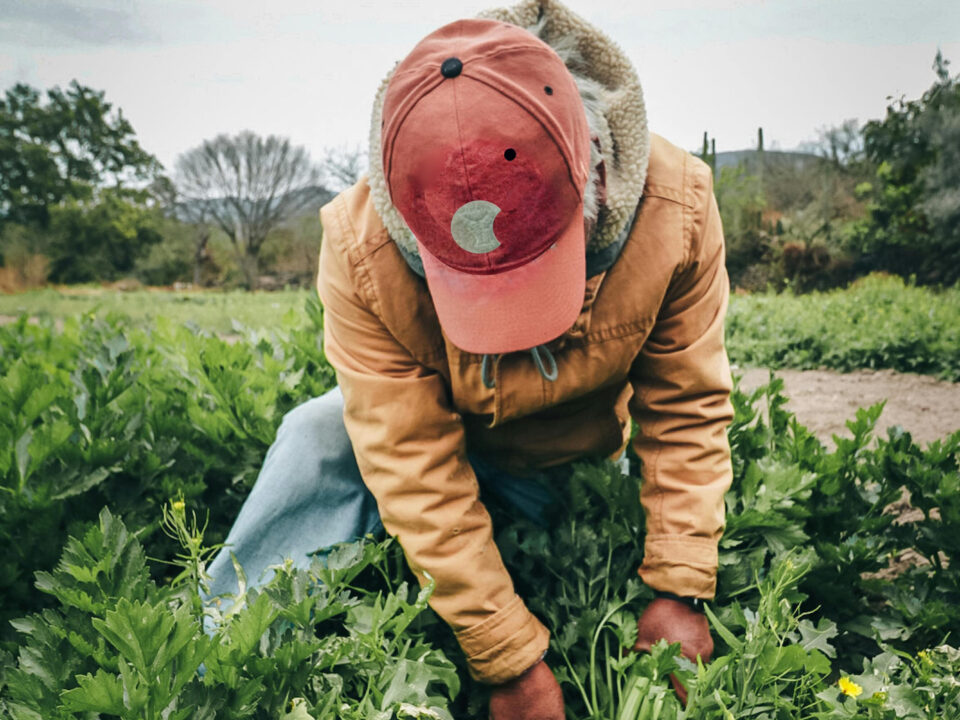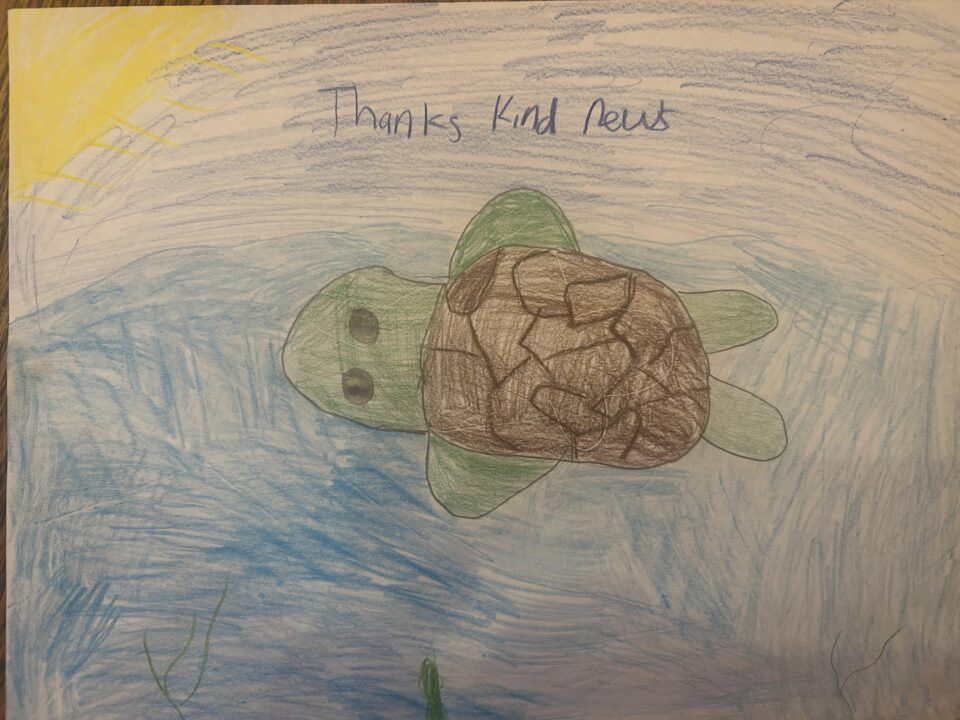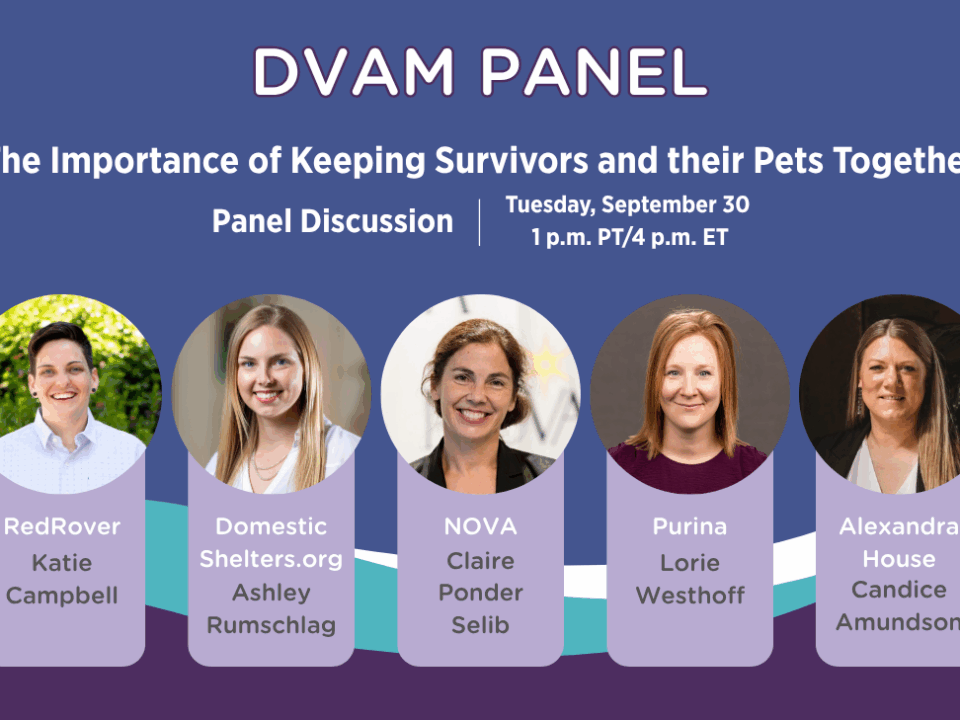Leading with Empathy: Behind the Scenes with Beth
April 8th, 2021
By Helia Zarkhosh, RedRover Communications Coordinator
What does a typical day look like for RedRover staff members? How do we answer the call for help when people have nowhere else to turn? In our new series, “Leading with Empathy: Behind the Scenes at RedRover,” we share staff stories about our efforts to bring animals from crisis to care.
In this feature, Director of Field Services Beth Gammie describes how she created a mock “tabletop” exercise for staff to simulate a RedRover Responders deployment.

Beth Gammie, Director of Field Services
To say 2020 was a year of firsts is an extreme understatement. Though we are no stranger to challenging circumstances in our disaster-response efforts, the COVID-19 pandemic required that we shift on a dime, calling on RedRover staff exclusively to meet the program’s needs until it is safe to deploy our wonderful volunteers again. In hopeful anticipation of that day, our team wanted to brush up on our procedures to ensure we work out any possible kinks ahead of a natural disaster or other crisis response.
To prepare, the RedRover Responders and communications teams embarked on a disaster simulation that included a category five hurricane spanning multiple states, with several twists, turns, and additional crises along the way. The mastermind behind this exercise? Beth Gammie, RedRover’s Director of Field Services. Beth was inspired to create this exercise by her work with NARSC (National Animal Rescue and Sheltering Coalition) and other agencies that help coordinate disaster response efforts. As she describes, “Tabletop exercises are a standard part of disaster response. Any time you do a run-through like this, it’s to evaluate how you’re doing and see where there may be a breakdown or areas for improvement.”
The goal of this particular exercise was multifaceted:
- Learn how we can maximize our capacity on future deployments.
- Examine our capacity for the RedRover Responders and communications teams to work both separately and collaboratively during a crisis. Both teams have grown in recent years, so this gave us an opportunity to see how far we could stretch our resources.
- Maximize our fundraising efforts during deployment.
- Test new elements of a deployment, such as the efficacy of our updated internal communication systems and the logistics of promoting our free online RedRover Responders volunteer training course during an actual disaster.
To develop the scenarios she’d put staff through, Beth drew on inspiration from past deployments as well as completely hypothetical obstacles, saying, “I’ve gone through so many disasters and have learned the kinds of things that typically come up, so we tried to add more of those in there.” The role of the RedRover Responders program varies significantly situation-to-situation. Sometimes disaster strikes and we aren’t called upon to assist. Other times, we receive multiple requests for help. “We want to accept as many of those requests as possible, so going through an exercise where we’re stretched and receiving all sorts of different requests is critical to figuring out how we can help the most with the team we have in place,” says Beth.
Developing this exercise gave Beth an opportunity to work closely with RedRover’s Director of Communications, Keleigh Friedrich, which she says was one of her favorite aspects of the experience: “Getting a chance to work with Keleigh one-on-one on a project…We’ve worked together a lot but haven’t paired up like that for a bit. I think the world of her so it was a lot of fun.”
Beth also enjoyed how seriously staff took the exercise: While “in character,” several team members were flying from California, Florida, and New York to Texas and Louisiana to help partner organizations set up emergency animal shelters and arrange rescue flights for adoptable animals stuck in evacuation zones. Those working more behind the scenes were busy with rapid-response communications, including:
- Creating our emergency resource list for people and pets.
- Working with the media and press to distribute that list.
- Communicating updates to our supporters via social media and email.
- Mobilizing and coordinating the deployment of RedRover Responders volunteers.
- Collaborating with the various Public Information Officers from our partner organizations to circulate photos, updates, and other information to the public.
Beth stressed how important it is to handle these situations realistically:
“These exercises don’t work if you don’t act like they’re real. Otherwise, you don’t really work through things in a way that will provide you with good information and takeaways.”
Perhaps the biggest difference in this exercise from past deployments is that our RedRover Responders volunteer training is now available entirely online. By publicizing it during a natural disaster, we can offer a non-monetary opportunity for people to help and get involved in our efforts long-term. Growing our volunteer base across the nation leaves us better prepared to respond quickly when the next natural disaster strikes.
Beth says, “During the time a big disaster is unfolding, larger segments of the population are aware of how animals and people with animals are really impacted and need help evacuating. We know people are thinking about pets and seeing it unfold in real-time makes it more real to them. We also know during these events that people often feel motivated to help in some way, and getting trained as a volunteer gives them a way to do that. Even if they don’t deploy in the current disaster, we’re raising awareness of the opportunity to get trained and help.”
This exercise gave us an opportunity to work together to not only test and improve our disaster-response process, but also reinvigorate our commitment and passion for RedRover’s mission: bringing animals from crisis to care.
Click to learn more about our RedRover Responders free online training.



